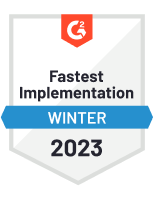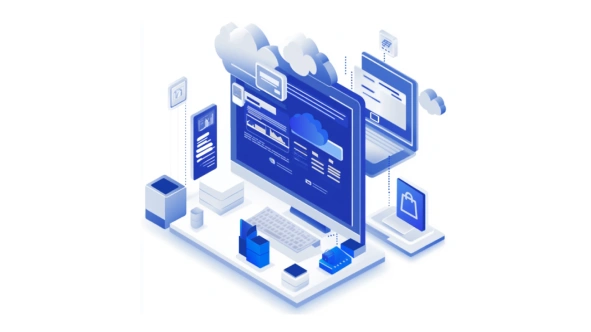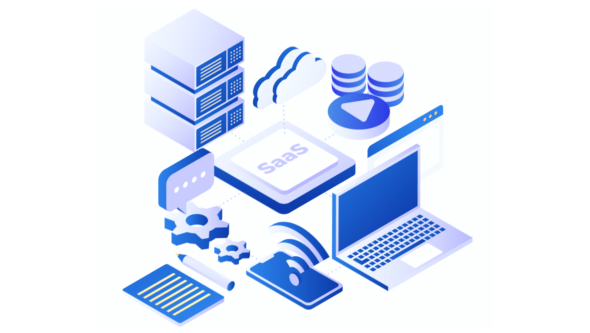Built on Flipkart’s strong retail foundation
1Mn+
Participating Sellers
200Mn+
SKU's Listed
15+Years
Of Experience
350Mn+
Customers Reached
$35Bn+
Annual GMV Powered
ROBUST RETAIL TECH SOLUTIONS
We’ve spent 25M+ engineering hours to bring you the best-in-class digital commerce solutions
Leading Retailers Trust Us
BENEFITS
Everything you need to win, delivered.
FCC combines scalable, cutting-edge retail technologies with a flexible and agile cloud foundation so you can build a commerce engine that grows with you

Case Studies
See our impact on high-growth retail businesses
Flipkart Commerce Cloud “A game changer for e-commerce”




Scaling Retail Growth Shouldn’t Have to be Hard
FCC’s all-in-one digital solution platform makes it easy to turn your retail growth vision into a profitable reality.

























